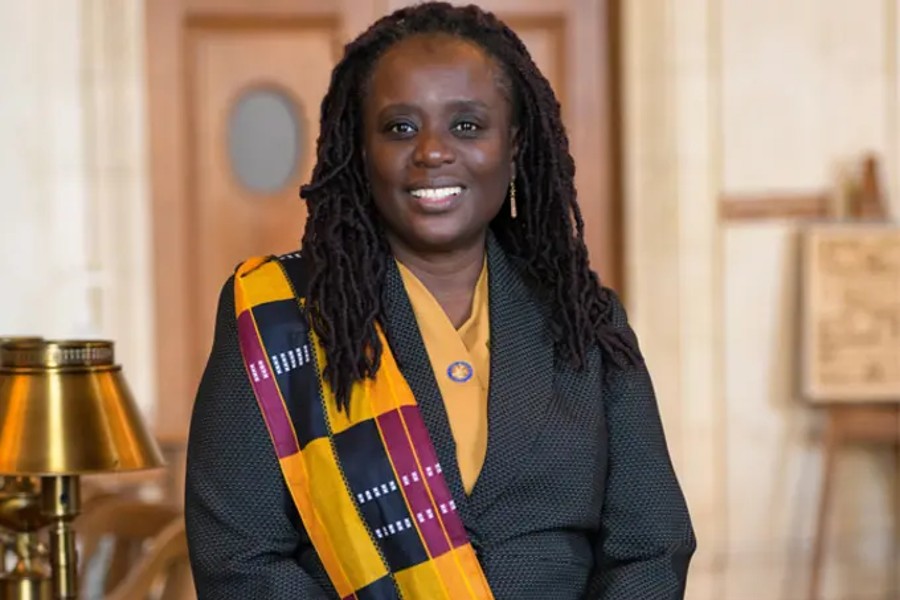 There are 3-4 Starbucks in Harlem, just as rising college debt is becoming a national issue, Starbucks CEO Howard Schultz announced an initiative to encourage employees to get a degree – but there’s no guarantee it will work.
There are 3-4 Starbucks in Harlem, just as rising college debt is becoming a national issue, Starbucks CEO Howard Schultz announced an initiative to encourage employees to get a degree – but there’s no guarantee it will work.
As part of its new “college achievement plan”, Starbucks will offer full tuition reimbursement for its employees who get accepted to Arizona State University as juniors or seniors to work towards completion of their degrees. Those employees – or “partners” as they referred to at Starbucks – who get accepted as freshmen or sophomores will receive partial scholarships and need-based financial aid. In order to qualify employees must work 20 or more hours a week. According to Schultz, majority of the company’s employees will be eligible.
The new initiative replaces an existing tuition program that offered eligible workers $1,000 a year to study at City University of Seattle or Strayer University.
Since 2011, when the program was first set up, the company paid out $6.5m. Under the new program, Starbucks employees will be able to complete their degrees by taking online classes at Arizona State University. While online education has been gaining in popularity in the US over the past few years, the majority of college students still prefer a traditional classroom setting, which they feel is more conducive to learning.
In announcing the move, Schultz directed a barbed comment at congressional inaction on student-loan reform and rising college costs. Senate Republicans last week blocked a bill that would have allowed refinancing of student loan debt.
“We are employing over 100,000 young people in America and the majority of them do not have a college education. We can’t be a bystander and we can’t wait for Washington,” said Schultz, adding that less than 50% of US college students complete their degrees. He estimates the benefit to about $30,000 an employee.
Political statements are nothing new for Schultz. In the past, he has been known to take a stand on issues like the minimum wage, as well as budget and debt ceiling negotiations.
Having previously championed higher minimum wages, he recently took some heat for opposing Seattle’s minimum wage increase to $15, which he said might lead to job losses. The company also came under scrutiny in 2011, when a groups of Harvard students and union members protested Schultz’s lecture at Harvard Business School. Just months later, Starbucks employees belonging to the IWW Starbucks Workers Union picketed number of Starbucks locations for its treatment of Chilean Starbucks workers. (In the UK, the company has been in trouble for tax avoidance.)
Schultz said in the announcement that the free-tuition plan continues the company’s mission of building a Starbucks with a conscience. The cliche of the barista or fast-food gig as a dead-end job is one that hangs over many US businesses. Starbucks does not want to be one of them.
Is it true that [we]’re going to give a college education and [we]’re going to pay for it, and the Starbucks partner could leave with the education and not owe the company any money? And the answer is yes! That’s true. You can leave.”
For many Americans, however, whether employed by Starbucks or currently working at another low-wage job, there is nowhere else to go. While Starbuck’s efforts to help its employees gain access to higher education is admirable, higher education does not automatically guarantee a better job or economic independence.
In fact, last year more than quarter of a million college graduates were working minimum wage jobs.
Many jobs currently available to college graduates actually have no need for expensive higher education. For example, in 2010, half of college graduates ended up taking jobs that required less than a bachelor degree, according to the Center for College Affordability and Productivity. Another 38% didn’t even need a high school diploma.
In the broader economy, a college degree is a good indicator that you won’t find yourself unemployed. Yet recent college graduates are still struggling to find jobs that will capitalize on their education – and pay a wage worthy of it. The current employment rate for those 20 to 24 year olds is 63.9%, according to the Department of Labor.
Many of those college graduates who are employed are working low-wage jobs. In December 2013, the underemployment rate for college graduates was 18.3%, compared to 9.9% in 2007. In 2012, about 284,000 college graduates were working at or below the minimum wage, according to Bureau of Labor Statistics. That’s 70% higher than 10 years ago in 2002. In 2013, that number dropped to 260,000 college graduates.
“Poverty-wage workers are also more likely to be young; while workers age 18–25 made up only 15.5% of the total workforce in 2011, they constituted 35.5% of poverty-wage workers,” states an Economic Policy Institute report on low-wage workers.
“The people working [at Starbucks] were around my age or a little bit older than me, 23 or 24,” Ng Ju San, who worked at Starbucks while going to college earning about $8 an hour, told the Guardian earlier this year.
A college degree might no longer be a way out of low-wage job, but it is a way into debt.
On average, college graduates leave school with $30,000 in student debt. Those working low-wage jobs barely make enough to make ends meet before even accounting for their monthly student loan repayments.
Last week, President Obama announced that he was extending Pay As You Earn program to include an additional five million Americans, enabling them to cap their monthly repayments on their federal student loans at 10% of their after-tax income. The initiative, however, does little to help with the issue at the heart of the problem: the high tuition costs.
Student debt won’t be something weighing down Starbucks employees, as the company will cover tuition at Arizona State University.
Partnering with Starbucks might help ASU gain a new wave of junior and senior students who complete their degrees and thus improve the university’s graduation rate. And the lure of free tuition might be enough to convince Starbucks employees currently studying at other institutions to at least consider transferring credits to ASU and finishing degrees there.
Over the past few years, Arizona State University has put emphasis on increasing its retention. From fall 2002 to fall 2010, the freshmen retention increased by 9.5% to 84%, according to the university’s 2012 annual report. Additionally, the school’s six-year graduation rate for freshmen entering in 2004 reached 58.7% and the four-year graduation increased to 37% after number of initiatives were put in place. The university’s graduation goal is 70% to 75%, according to a presentation on its efforts to increasing student retention.
Whether the students will meet their goals of landing a job other than a barista, however, remains to be seen (source).
Become a Harlem Insider!
By submitting this form, you are consenting to receive marketing emails from: . You can revoke your consent to receive emails at any time by using the SafeUnsubscribe® link, found at the bottom of every email. Emails are serviced by Constant Contact


















